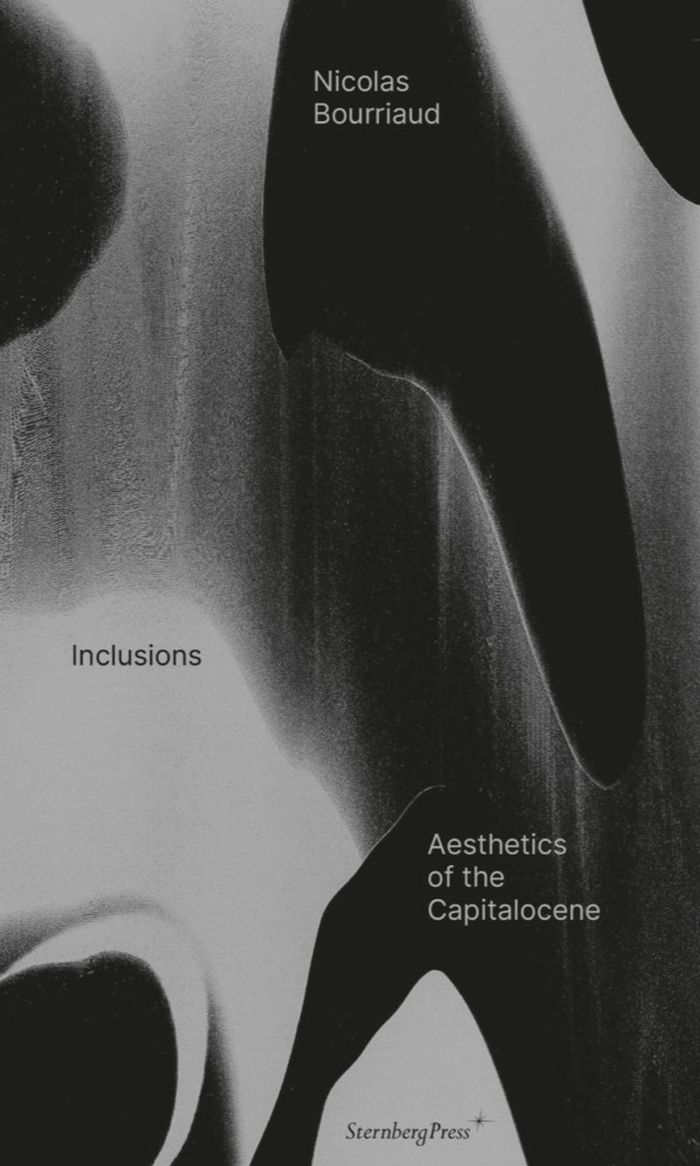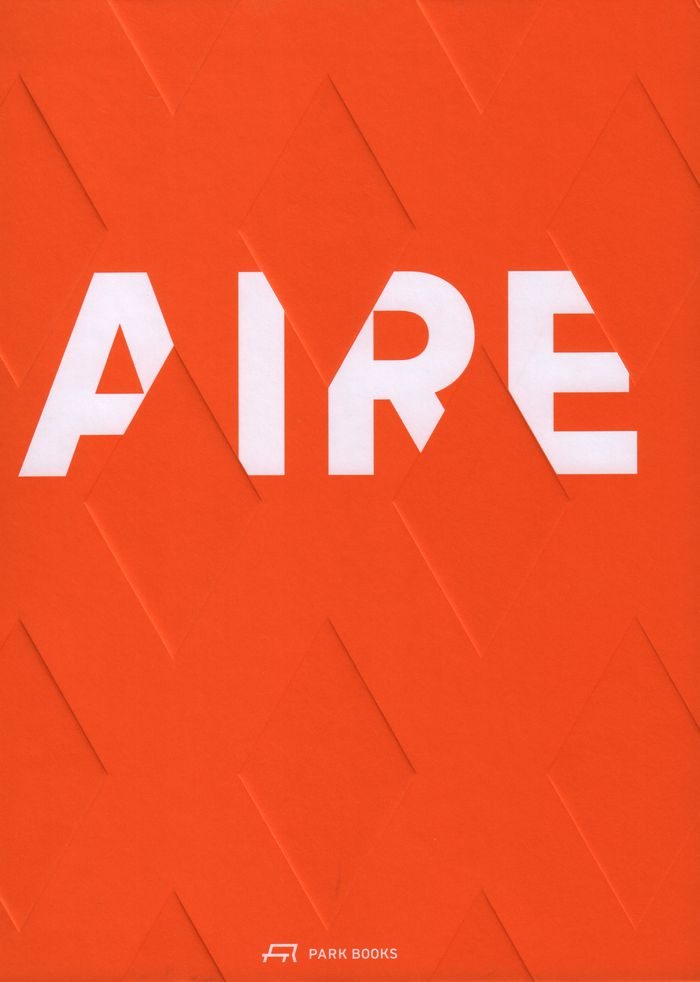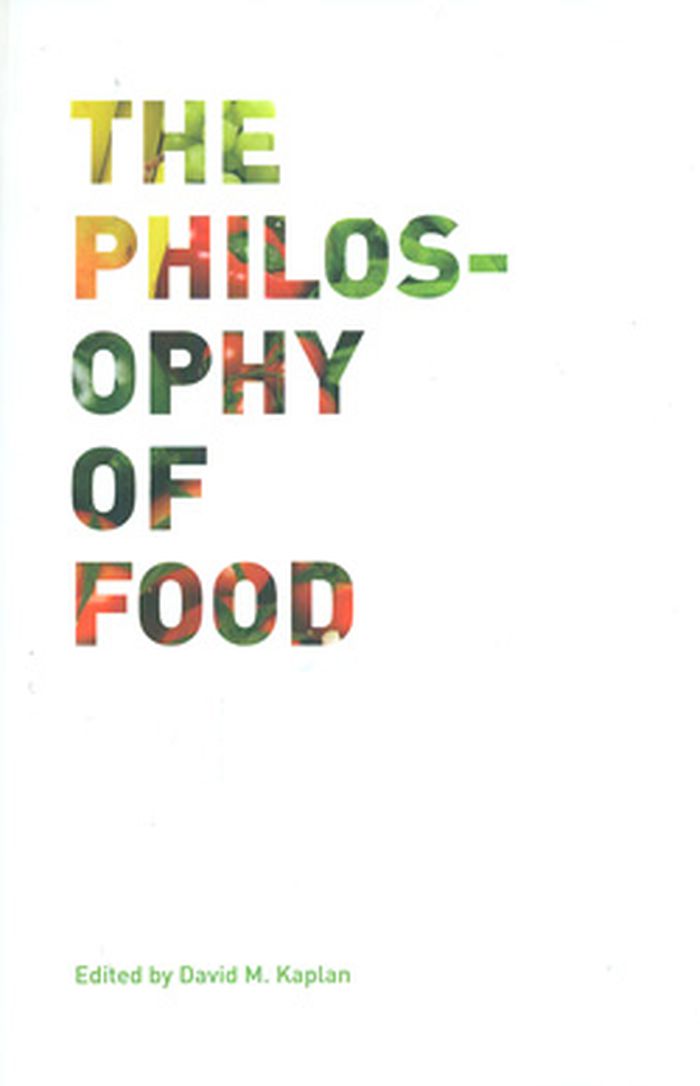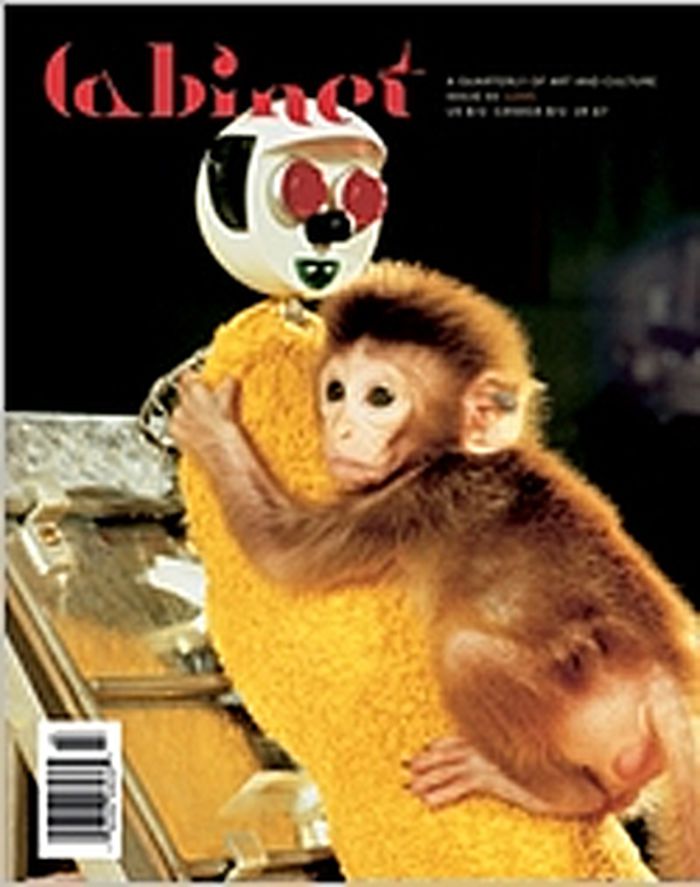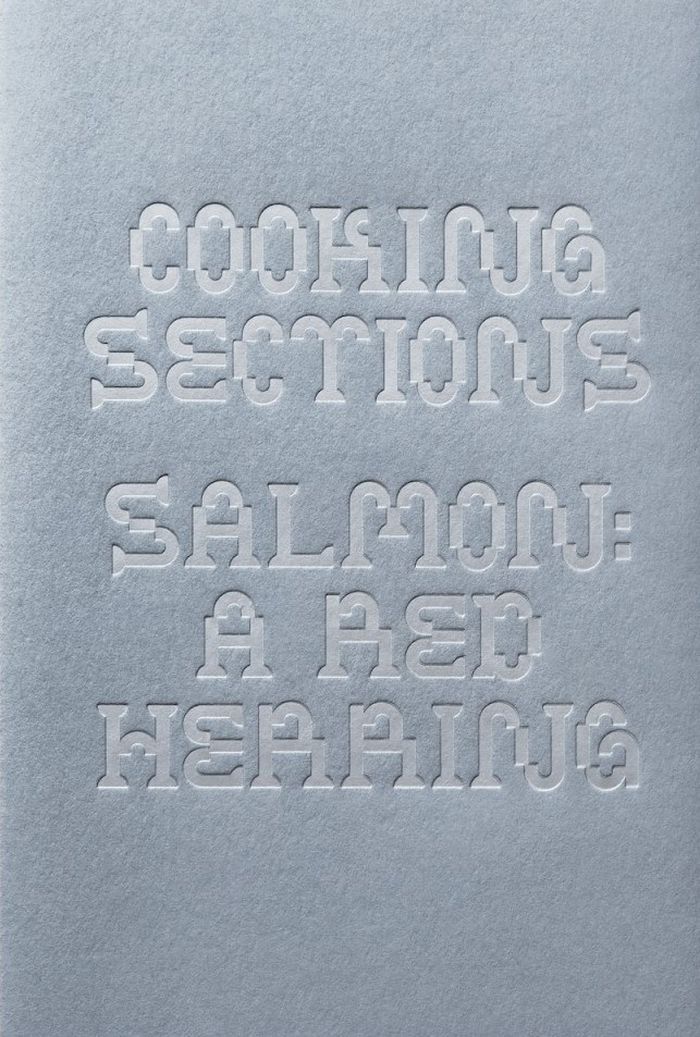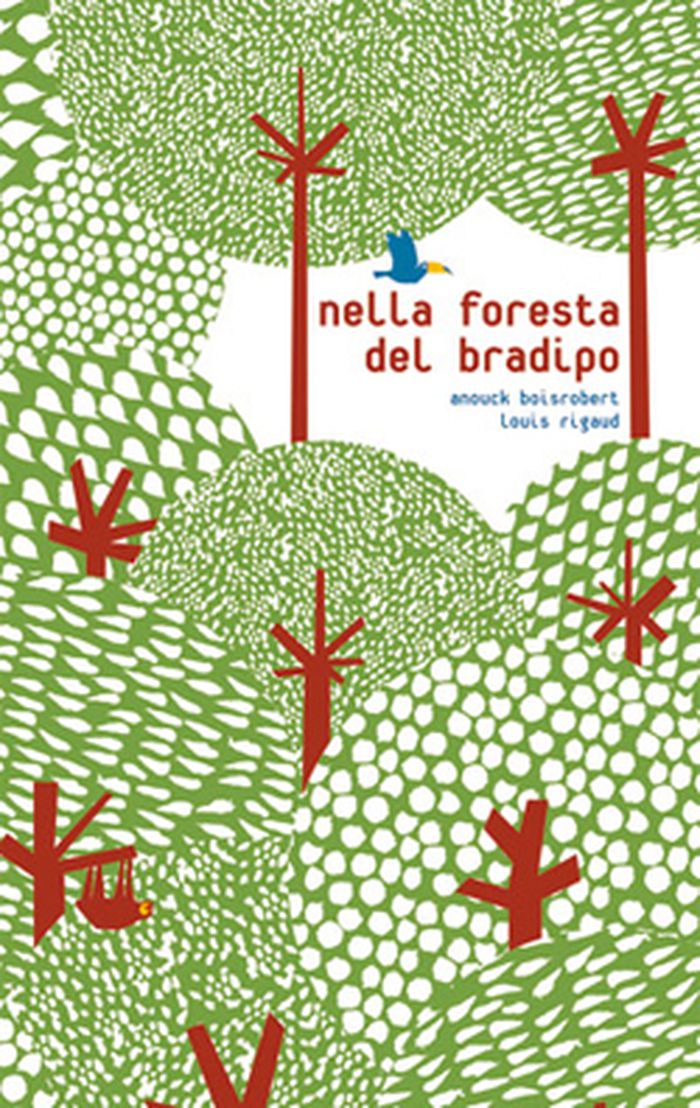$33.95
(available to order)
Summary:
The current ecological crisis brings about a new relational landscape: an unprecedented collapse of distances creates interspecies promiscuities and a crisis of the human scale. In his latest book, Nicolas Bourriaud proposes that artists are the anthropologists of this new era. Artists acknowledge the fading of the division between nature and culture, which has been the(...)
Inclusions: Aesthetics of the Capitalocene
Actions:
Price:
$33.95
(available to order)
Summary:
The current ecological crisis brings about a new relational landscape: an unprecedented collapse of distances creates interspecies promiscuities and a crisis of the human scale. In his latest book, Nicolas Bourriaud proposes that artists are the anthropologists of this new era. Artists acknowledge the fading of the division between nature and culture, which has been the matrix of segregation for millenia. Capitalism, patriarchy, slavery, social segregation, the exploitation of land, subsoil, and animals—all are based on status distinctions between subject and object. Against the commodification of natural elements, Bourriaud sees a new generation of artists calling for a molecular anthropology that studies the human effects on the universe and the interaction between humans and nonhumans. Contemporary art reconnects to archaic magic, the witches, sorcerers, and shamans of precapitalist societies. Against the devitalization of the world, art has managed to preserve certain aspects of the social function and spiritualist practices of these societies.
Critical Theory
$78.95
(available to order)
Summary:
South of Geneva, Switzerland, the Aire River runs across a plain that for centuries has been agricultural land. Since the late nineteenth century, the waterway has been embanked for flood protection, which has caused a gradual loss of habitat for a large variety of plants and animals. In 2001, a decision was made to renaturalize the river. Yet rather than merely(...)
Aire: the river and its double
Actions:
Price:
$78.95
(available to order)
Summary:
South of Geneva, Switzerland, the Aire River runs across a plain that for centuries has been agricultural land. Since the late nineteenth century, the waterway has been embanked for flood protection, which has caused a gradual loss of habitat for a large variety of plants and animals. In 2001, a decision was made to renaturalize the river. Yet rather than merely reconstructing the river’s former natural bed, Superpositions, the association of firms commissioned with the project, applied “topographic imagination,” a method that combines the embanked channel with a newly designed pasture landscape. This new book documents that renaturalization project through drawings, images of construction work, and images of the new waterway. Essays and commentary by international contributors Jean-Marc Besse, Lorette Coen, Gerorges Descombes, G. Mathias Kondolf, Elissa Rosenberg, Gilles A. Tiberghien, and Marc Treib demonstrate how the restored river has been transformed, becoming again a characteristic feature of this landscape on the fringe of the city.
Gardens
The philosophy of food
$37.95
(available to order)
Summary:
This book explores food from a philosophical perspective, bringing together sixteen leading philosophers to consider the most basic questions about food: What is it exactly? What should we eat? How do we know it is safe? How should food be distributed? What is good food? David M. Kaplan's erudite and informative introduction grounds the discussion, showing how(...)
The philosophy of food
Actions:
Price:
$37.95
(available to order)
Summary:
This book explores food from a philosophical perspective, bringing together sixteen leading philosophers to consider the most basic questions about food: What is it exactly? What should we eat? How do we know it is safe? How should food be distributed? What is good food? David M. Kaplan's erudite and informative introduction grounds the discussion, showing how philosophers since Plato have taken up questions about food, diet, agriculture, and animals. However, until recently, few have considered food a standard subject for serious philosophical debate. Each of the essays in this book brings in-depth analysis to many contemporary debates in food studies--Slow Food, sustainability, food safety, and politics--and addresses such issues as "happy meat," aquaculture, veganism, and table manners. The result is a resource that guides readers to think more clearly and responsibly about what we consume and how we provide for ourselves, and illuminates the reasons why we act as we do.
Food
Cabinet 55: love
$17.50
(available to order)
Summary:
Love was classically thought to come in four distinct varieties--agape (spiritual love), eros (physical passion), philia (friendship) and storge (familial affection). It might be argued that with modernity, one of these--eros--has come to dominate our landscape, where romance and its obstacles inform so many of our cultural narratives and consumer fantasies. Nonetheless,(...)
Cabinet 55: love
Actions:
Price:
$17.50
(available to order)
Summary:
Love was classically thought to come in four distinct varieties--agape (spiritual love), eros (physical passion), philia (friendship) and storge (familial affection). It might be argued that with modernity, one of these--eros--has come to dominate our landscape, where romance and its obstacles inform so many of our cultural narratives and consumer fantasies. Nonetheless, all of these modalities of love continue to structure the relationships that govern human societies. Cabinet issue 55, with a special section on "Love," features Christopher Turner on the "celestial bed" of eighteenth-century proto-sexologist James Graham; Margaret Gordon on epistolary friendships; and Olga Lemerova on the love between humans and their pets. Elsewhere in the issue: Sasha Archibald on the decorative fabric or leather patches worn in the seventeenth century to conceal facial blemishes; D. Graham Burnett on watermarks; and Babak Sadr on how zoos perform annual inventories of their animals, both countable and uncountable.
Magazines
books
Description:
xv, 107 pages : illustrations ; 27 cm.
Los Angeles, Calif. : Getty Conservation Institute, 1998.
Inert gases in the control of museum insect pests / Charles Selwitz, Shin Maekawa.
Actions:
Holdings:
Description:
xv, 107 pages : illustrations ; 27 cm.
books
Los Angeles, Calif. : Getty Conservation Institute, 1998.
$107.95
(available to order)
Summary:
Architecture and music share many parallel and intersecting elements. Recent developments in the music, film, and media industries have given rise to new building types for audio and visual media. These projects require a comprehensive approach from various disciplines to bridge architecture, art and technology. For more than 10 years studio bau:ton has been(...)
Soundspace : architecture for sound and vision
Actions:
Price:
$107.95
(available to order)
Summary:
Architecture and music share many parallel and intersecting elements. Recent developments in the music, film, and media industries have given rise to new building types for audio and visual media. These projects require a comprehensive approach from various disciplines to bridge architecture, art and technology. For more than 10 years studio bau:ton has been pre-eminently involved in drawing together these diverse disciplines. This book is an eclectic survey of issues central to building for contemporary media. Renowned guest authors from the fields of media and architecture have contributed ideas and projects, and an detailed overview of architectural acoustics serves as an integrated technical guide. Practical applications are presented in an illustrated portfolio of distinguished projects by studio bau:ton, ranging from museums to recording studios and film production facilities. Projects like the Fox Scoring Stage in Los Angeles or Bad Animals in Seattle are complemented by international examples such as Sony Music in Tokyo, X-Art in Austria and many more. Peter Grueneisen is the principal architect and a founder of studio bau:ton.
Materials and Lighting
$59.95
(available to order)
Summary:
"Through time and the city: notes on Rome" offers a new approach to exploring cities. Using Rome as a guide, the book follows familiar sites, geographies, and characters in search of their role within a larger narrative that includes the environmental processes required to generate enough space and material for the city, the emergent ecologies to which its buildings play(...)
Architectural Theory
September 2020
Through time and the city: Notes on Rome
Actions:
Price:
$59.95
(available to order)
Summary:
"Through time and the city: notes on Rome" offers a new approach to exploring cities. Using Rome as a guide, the book follows familiar sites, geographies, and characters in search of their role within a larger narrative that includes the environmental processes required to generate enough space and material for the city, the emergent ecologies to which its buildings play host, and the social patterns its various structures help to organize. "Through time and the city" argues that Rome is made and unmade by an endlessly evolving chorus that has, for better or worse, gained geological legitimacy; that the city absorbs and emits countless artifacts in its search for collective identity; that the city is a platform for the constant staging of negotiations between agents (humans, buildings, plants, animals, pathogens, goods, waste, water) that drive and are driven by the entanglements of climate and culture. This book provides textual and visual frameworks for identifying the material traces, emergent patterns, or speculated futures that expose a city as inseparable from its capacity to change.
Architectural Theory
Salmon: A red herring
$23.95
(available in store)
Summary:
Salmon is usually thought of as pink. The colour is even called ‘salmon pink’. However, farmed salmon today would be grey. To make them the expected colour, synthetic pigments are added to their feed. Salmon are farmed in open nets, whose runoff has a severe impact on wild salmon populations, as well as on the seabed of the west coast of Scotland at large. Salmon is the(...)
Salmon: A red herring
Actions:
Price:
$23.95
(available in store)
Summary:
Salmon is usually thought of as pink. The colour is even called ‘salmon pink’. However, farmed salmon today would be grey. To make them the expected colour, synthetic pigments are added to their feed. Salmon are farmed in open nets, whose runoff has a severe impact on wild salmon populations, as well as on the seabed of the west coast of Scotland at large. Salmon is the colour of a wild fish which is neither wild, nor fish, nor even salmon. The changing colours of species around the planet are warning signs of an environmental crisis. Many of these alterations result from humans and animals ingesting and absorbing synthetic substances. Changes in flesh, scales, feathers, skin, leaves or wings give us clues to environmental and metabolic transformations around us and inside us. Continuing our work on the Isle of Skye, this project questions what colours we expect in our ‘natural’ environment. It asks us to examine how our perception of colour is changing as much as we are changing the planet.
Food
Nella foresta del bradipo
$29.95
(available to order)
Summary:
In the mild, humid climate of the Amazon forest, the sloth spends its entire life wrapped round the same tree, impassive and untouched by the light and sounds around it. It sleeps on regardless of the sudden arrival of the deforestation machinery: caterpillars, trucks, excavators and mechanical shears that rumble through the forest, scaring off all the other animals.The(...)
Children's Books
February 2011
Nella foresta del bradipo
Actions:
Price:
$29.95
(available to order)
Summary:
In the mild, humid climate of the Amazon forest, the sloth spends its entire life wrapped round the same tree, impassive and untouched by the light and sounds around it. It sleeps on regardless of the sudden arrival of the deforestation machinery: caterpillars, trucks, excavators and mechanical shears that rumble through the forest, scaring off all the other animals.The book tells the story of the sloth and its proverbial slowness, which is now placing it in danger from man’s short-sighted and tragic encroachment. Fourteen pop-up pages examine the gradual erosion of the Amazon forest. As we leaf through the pages, animals and trees appear before our eyes and in our hands, as if we were in a natural environment that is constantly changing. This book was printed with environmentally friendly soy ink on paper from responsible forests. Every year 13 million hectares of forest disappear. 90% of the deforestation is illegal and is threatening the survival of numerous species, including the Brazilian three-toed sloth. However, there is still time to prevent this destruction.
Children's Books
books
Les voies du passé, 1870-1965 : les transports au Québec / Serge Lambert, Jean-Claude Dupont.
Description:
xiii, 197 pages : nombreuses illustrations ; 24 cm
Sainte-Foy : Archives nationales du Québec, ©1997.
Les voies du passé, 1870-1965 : les transports au Québec / Serge Lambert, Jean-Claude Dupont.
Actions:
Holdings:
Description:
xiii, 197 pages : nombreuses illustrations ; 24 cm
books
Sainte-Foy : Archives nationales du Québec, ©1997.
